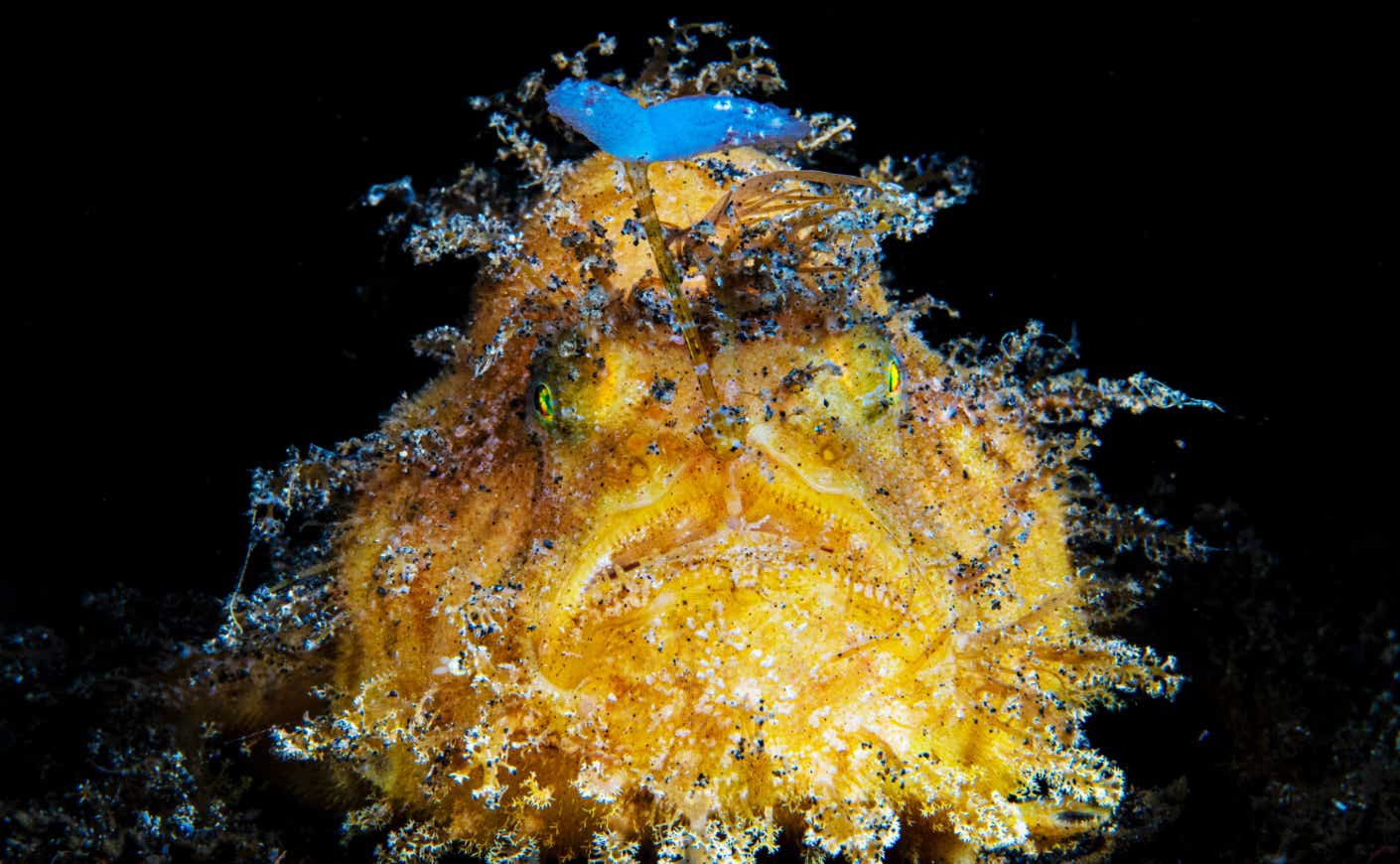The Wild West is alive and well — it just moved underwater. As nations and companies race to stake their claim in the deep sea, industry is moving faster than regulation can keep up.
This year, the fight over deep-sea mining hit a critical turning point. In March, global negotiations at the International Seabed Authority (ISA) took center stage, only to be followed by a shocking move from The Metals Company (TMC), a Canadian firm, which is attempting to sidestep international law altogether.
So, what is deep-sea mining, why is it such a big topic, and what does this mean for the planet’s future? Here’s everything you need to know.
What is deep-sea mining, and why are scientists against it?
As demand for electric vehicle battery minerals like cobalt and nickel rises, the seafloor offers a potential source — potato-shaped rocks rich in these essential metals.
Companies like TMC argue that harvesting them is less destructive than land mining and that it’s urgent for the renewable energy transition. But the reality isn’t so simple.
Unlike land ecosystems, deep-sea habitats could take millennia to recover — if they ever do. Scientists warn of the deep sea’s potential role in climate regulation, oxygen production, and biodiversity. Mining the seabed could cause irreversible damage to fragile ecosystems we’re only beginning to understand.

Even if deep-sea mining started today, it would take decades to compete with land supply. Meanwhile, battery technology is already moving away from cobalt and nickel and toward alternatives like lithium iron phosphate, which don’t use deep-sea metals. With better recycling and continued innovation, we may never even need deep-sea mining.
The role of the International Seabed Authority (ISA)
The International Seabed Authority (ISA) was established under the United Nations Convention on the Law of the Sea (UNCLOS) in 1994 to regulate international waters and ensure that the seabed is managed as the “common heritage of humankind.” The ISA comprises 169 member countries, but the U.S. never ratified UNCLOS and therefore doesn’t recognize the ISA’s authority (this will be important later).
For years, TMC has been pressuring the ISA to draw up deep-sea regulations so they can start mining, but the rules are still incomplete. How can we draft regulations for an ecosystem we know so little about?
Frustrated and losing investors, TMC took to a more aggressive tactic, announcing it would apply for a license to mine in June 2025, with or without regulations. If successful, this could open the doors to large-scale industrialization of the deep sea.
The latest twist: The Metals Company and the U.S.
At the March 2025 ISA meeting in Jamaica, negotiations were shifting toward a more science-driven, precautionary approach. But as opposition to mining grew, a desperate TMC announced plans to apply for an exploitation license in the U.S., taking advantage of outdated mining laws. These laws — written before UNCLOS and the ISA even existed — ignore international governance and decades of science.

This move shocked the world. By bypassing the ISA, TMC is disregarding international law, setting the stage for a “Wild West” approach to ocean exploitation. Rumors are circulating that President Donald Trump plans to sign an executive order to open U.S. waters to deep-sea mining as well. The fear is that other major powers, like China and Russia, will follow suit, further undermining international governance.
What happens next?
Because the U.S. is not a member of the ISA, it can legally issue a mining license to TMC under its own laws, regardless of what the ISA decides. However, this doesn’t mean the fight is lost. The rest of the world can still ban deep-sea mining. Other countries, consumers, and corporations can reject deep-sea minerals, making it difficult for TMC to find buyers. Pacific nations can make mining a logistical nightmare, refusing to let vessels refuel or dock. The goal now is to make mining the deep sea so unprofitable that it collapses under its own weight before it even begins.
Where we come in
SeaLegacy has teamed up with Sustainable Ocean Alliance (SOA), supporting their campaign for a global moratorium on deep-sea mining and ensuring that young people — those who will inherit the consequences of today’s decisions — are heard in the halls of power.

Eugénia Barroca, SOA’s regional representative for Europe and Lusophony, attended the ISA meeting in March. She recounted her eye-opening experience: “While deep-sea mining poses an irreversible threat to marine ecosystems, concerns are growing that industry interests could be placed above science and equity.”
But despite pressure from TMC to move forward, global resistance is building. More nations are advocating for a precautionary pause or moratorium. “It has been encouraging to see a strong coalition of states standing up for the ocean,” Eugénia said. “Meanwhile, youth and civil society continue to play a vital role in safeguarding our planet’s last untouched frontier.”
The next ISA meeting in July 2025 will be pivotal in determining how the world reacts to TMC’s disregard for international law. SeaLegacy will be attending with SOA, standing up for the future of our oceans. This isn’t just about deep-sea mining — it’s about whether a handful of billionaires get to dictate the planet’s future. Stay in the loop by following us and SOA on Instagram for real-time updates. If you’d like to learn more, sign up for SOA’s free course on deep-sea mining and watch the Deep Rising documentary!
Paul Nicklen and Cristina Mittermeier co-founded SeaLegacy in 2014. SeaLegacy’s mission is to inspire people to fall in love with the ocean, amplify a network of changemakers around the world, and catalyze hands-on diplomacy through hopeful, world-class visual storytelling. For more updates on their meaningful work, learn more about SeaLegacy, and subscribe to Ripple Effect, Katie Couric Media’s sustainability newsletter.









